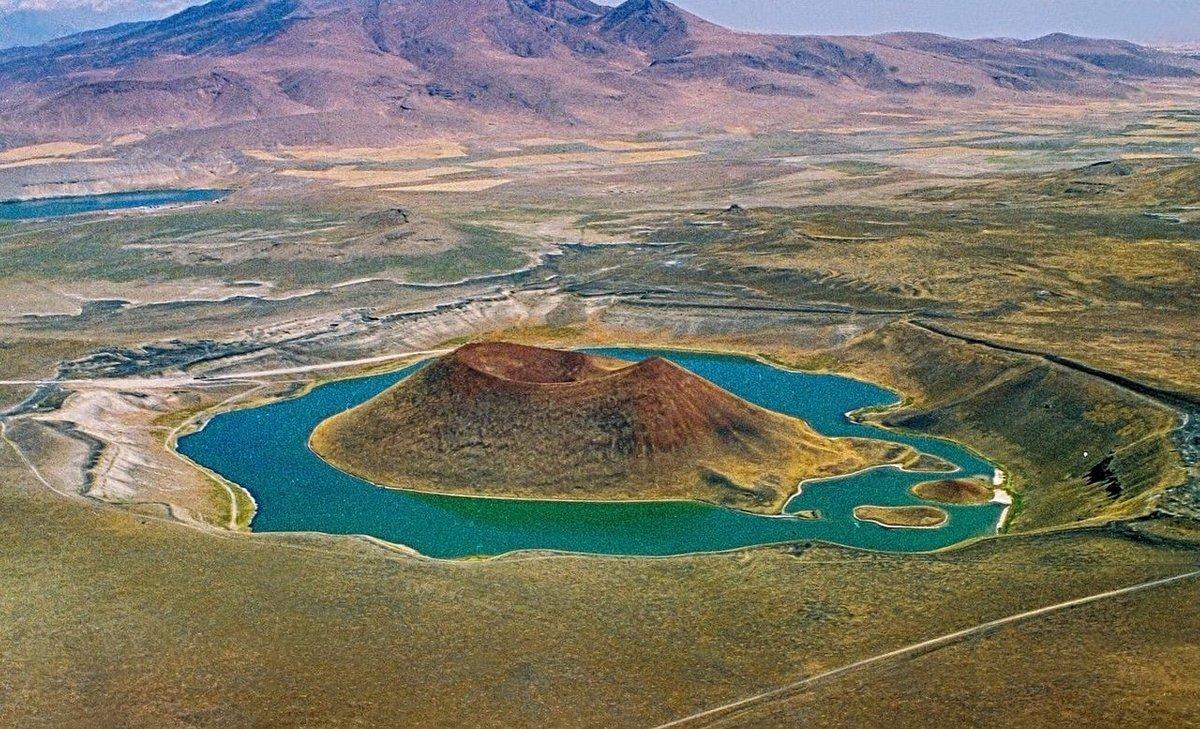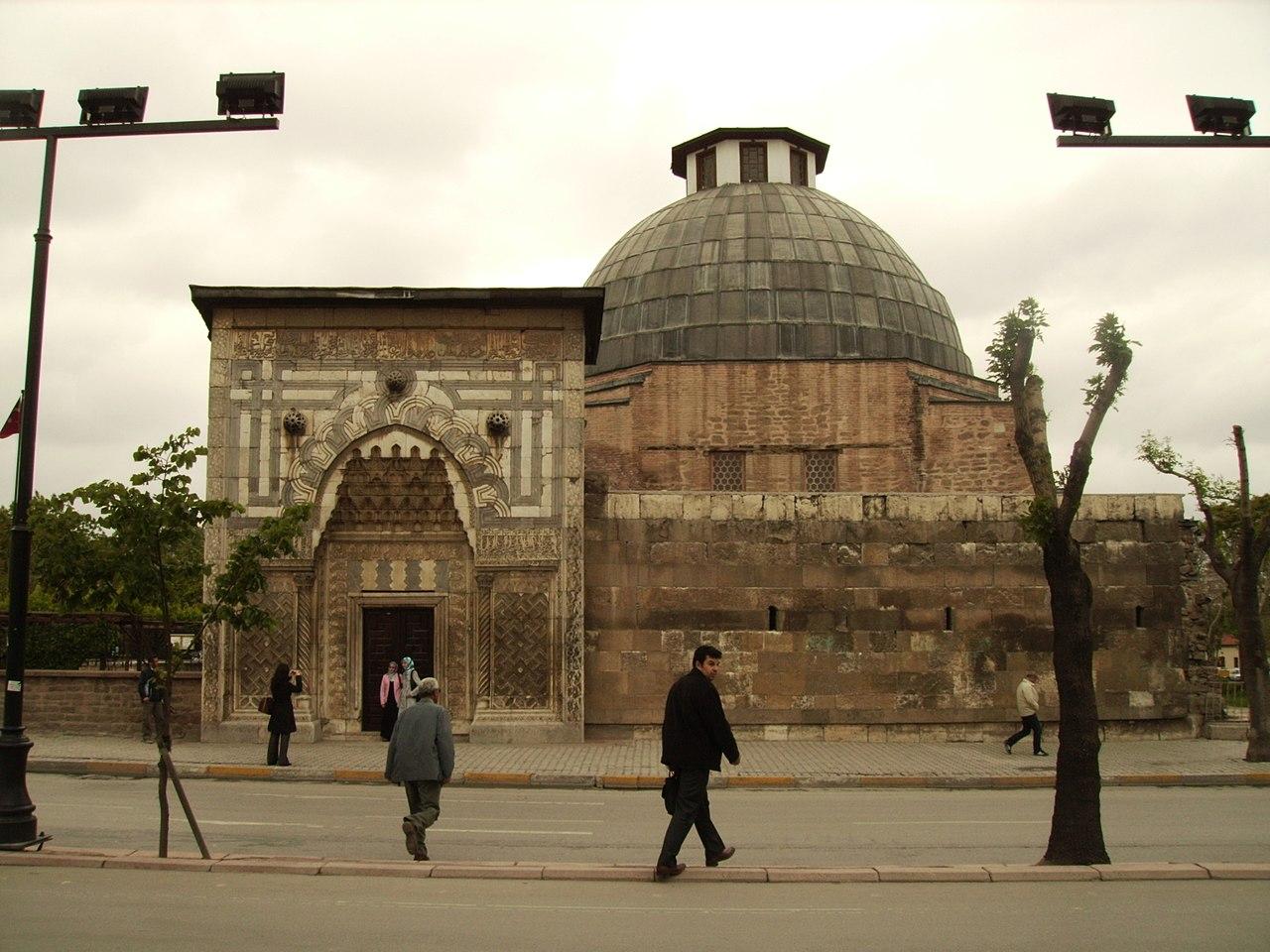Information ve Rezervation
(0332) 248 40 00
Alaeddin Camii
The Alâeddin Mosque (Turkish: Alâeddin Camii) is the principal monument on Alaaddin Hill (Alaadin Tepesi) in the centre of Konya, Turkey. Part of the hilltop citadel complex that contained the Seljuk Palace, it served as the main prayer hall for the Seljuk Sultans of Rum and its courtyard contains the burial places of several of the sultans. It was constructed in stages between the mid-12th and mid-13th centuries. It is the largest of several Seljuk mosques to survive in Konya.
Both the mosque and the hill it stands on are named after the Seljuk Sultan Alaaddin Keykubad I (Alaaddin Tepesi and Alaaddin Camii).
Alaeddin Hill
The Alâeddin Hill was known as Kawania and Kaoania Hill in antiquity. The Eflatun Mescidi, the converted Byzantine church of Avios Amphilochios, used to share the hill with the mosque before the 1920's. The Alaaddin Mosque itself was likely built on the site of a former Christian basilica, a hypothesis supported by 20th-century excavations and by the ancient spolia re-used inside the mosque. The complex lies near the artificial city mound where the ancient acropolis of the city once stood.
The Mosque
The Seljuk Sultan Mesud I began work on the mosque in 1155. Though there is evidence of it dating earlier to the years of 1120. An inscription dates the fine ebony minbar to 1155, making it the first dated example of Seljuk art in Anatolia. The polychrome ceramic frame of the mihrab and the dome above it may also date from this period. The eastern wing of the mosque, its pillars constructed with re-used Byzantine columns and capitals, is unusually open and spacious.
Mesud I's son Kılıçarslan II continued his father's work on the mosque. In 1219 Kaykaus I began a major rebuilding programme, moving the main entrance from the west to the north, opposite the mihrab, and adding a monumental façade on the north side, overlooking the city and facing the Seljuk palace. A marble tomb was begun in the courtyard. Kaykaus’ building work was cut short by his death in the same year, only to be resumed by his brother and successor Alaaddin Keykubad I, Keykubad had several of his brother's inscriptions altered and claimed all the improvements to the mosque for himself. In 1235 he added a large room, supported by forty-two columns, to the east of the mihrab. The mosque takes its name from Keykubad.
The minaret, the marble mihrab (1891) and the eastern door, through which most visitors enter the mosque, date from the Ottoman period.
The courtyard of the mosque contains two typically Seljuk tombs (kümbets), one built by Kilicarslan II and still retaining some blue tiles on its roof. The base of the roof of one of the tombs carries the throne verse from the Qur’an.
The blue tilework and ablaq technique seen on the exterior portion of the mosque extends into its interior, as seen on its mihrab.
Inscriptions
Over the main entrance to the mosque an inscription attributes its completion to Sultan Alaaddin Keykubad I in the year 617 H (1220-221). To the right another inscription credits the same sultan as responsible for both the mosque and the tombs. Another inscription mentions the Syrian craftsman Muhammad ben Khaulan of Damascus. Inscriptions on the façade also show the names of Alaaddin, Izzeddin Keykavus, and the Atabeg who was responsible for work on the mosque during both Alaaddin's and Izzeddin's reigns. Izzeddin was responsible for constructing the main prayer hall of the mosque.









